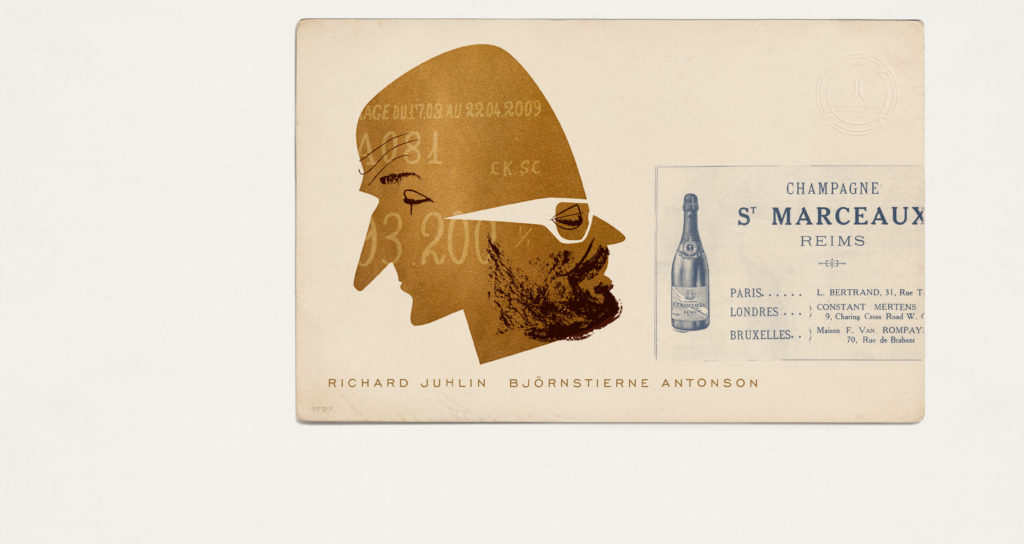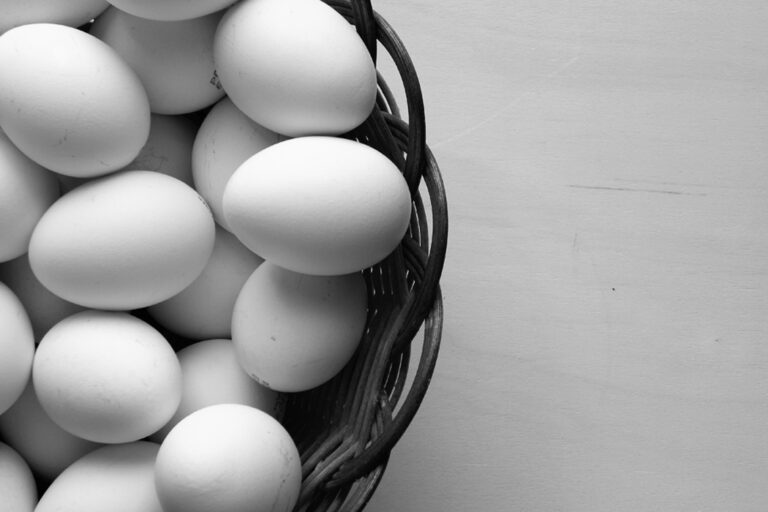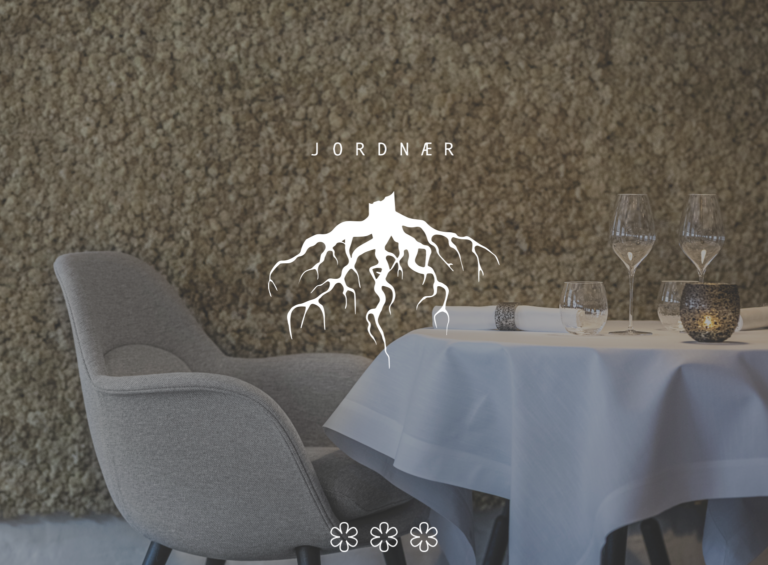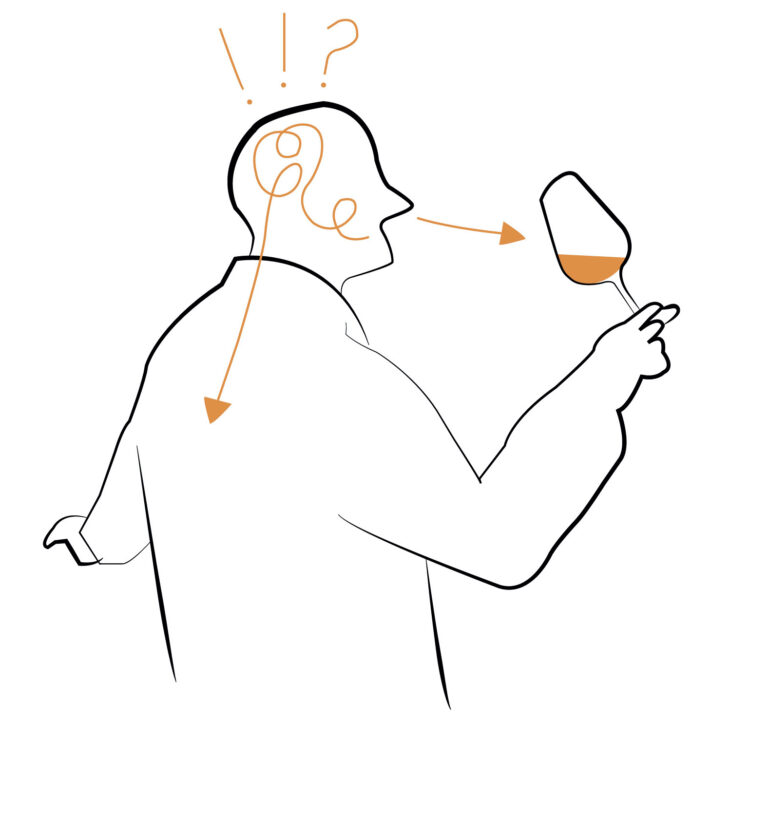Or shall we call it ‘The Richards’ ?! Instead of ‘The Champagne Oscars’ ? We want to sum-up the year of 2023 from a Champagne perspective. In 20+ categories we hand out awards for this years most memorable Champagnes & Champagne related topics!
[featured partner – vigneron.se]
Estimated reading time: 7 minutes


2012 Bollinger ‘La Côte aux Enfants‘
Attention my friends!
‘Here comes a fresh true story about a new god-given star in the champagne heaven. Between 1926 and 1934, Jacques Bollinger bought up all the land in La Côte aux Enfants from a large number of growers in Aÿ because he understood the value of making a monopoly vineyard out of this diamond in the rough. In total, the area is 4 hectares with a sun-drenched side of 2 hectares which is extremely well suited for red wine production, as well as a lesser-known cooler back side in the north-west towards Dizy with an extremely clean chalk only covered by a decimetre thick layer of soil. Since 1934, Bollinger has made the most sought-after red wine in the entire region from here. From the beginning only for private use and since the 80’s in commercial form. Since the first time I tasted the red wine, I have wished that Bollinger would make a Blanc de Noir from here. In 2012, my wish was apparently granted in silence. Then and there the red wine turned into a golden champagne that now 10 years later meets my senses during a zoom meeting with today’s winemaker Denis Bunner and the gentleman Guy de Rivoire a few months before the launch.‘
‘In this amazingly rare creation that will be roughly 10% below Vieilles Vignes Françaises in terms of price, the grapes come only from the cooler northwest side planted with vines from Burgundy. Selection Massale of course and with an extremely low harvest that the premiere vintage only produced 1000 bottles for all the world’s champagne collectors to fight over. After the harvest, the wine is stored for an optimal time in the house’s main well-aged oak barrels and then rests for 10 years in the cellar with natural cork for maximum autolytic body building in the same spirit as the vintage wine and VVF. So, in a way, a Blanc de Noirs d´Aÿ made in a Burgundy fashion a´la Richebourg or Romanée-Conti.‘
‘Altogether, all these details result in a truly fantastic deep golden wine that balances in an almost otherworldly way between an enormously intense concentration and a rarely seen mineral-tinged freshness. The chalk note from the unique growing place sounds pure like a Stradivarius playing solo, and the bass notes from fully ripe Pinot Noir rumble together with the bombastic weight of the oak barrel like the basic chords of Mahler’s second symphony. Already after a few seconds of encountering the wine’s wonderful bouquet, I could state that 2012 Bollinger La Côte aux Enfants is in many ways the very essence of “old style Bollinger”. Certainly somewhat lighter and less oily concentrated than VVF and not quite as multi-faceted as R.D. or La Grande Année. Yet this wine personifies the soul and heart of Bollinger better than any other wine. If you have been in Bollinger’s cellar and in the beautiful hall where all the oak barrels are lined up, you will probably never forget the unique aroma you find there.‘
‘With Bollinger’s deliberately oxidative vinification, all wines from there will be strongly influenced by their external environment. When everything goes right, as it has here, this influence adds a fabulously stylish personal spice. In the first place, of course, it is the micro-oxidation through the fibers of the oak barrel that leaves an impression, but also the notes of old oak with their grilled, lightly burnt and faintly smoked notes that attract autumn forest and Finnish sauna give great pleasure. From the concentrated Pinot Noir grapes, you get an extract-rich juiciness and a chewy red fruit of Gravensteiner apple, beetroot, apricot jam, strawberries and honey. From Aÿ’s terroir comes an unmistakable aroma of hazelnut, honeysuckle, leather and tobacco. This time from the cool northwest slope, we also find a chalky minerality so pure that it even gives notes of grapefruit, lemon and lime zest in the fresh aftertaste. Did I forget something important? Yes, I forgot to tell you about the amazingly pure aroma of the finest raw wild snowball mushrooms and cep that every great bottle of Bollinger should have a well balanced dose of. There is generally an exaggerated fear of mushroom aromas in the wine world as many mushroom aromas can originate from defects. But the day I don’t find truffles in Château Trotanoy and Romanée Saint Vivant or cep in my gastronomically perfected Bollinger, I no longer want to be part of it! I am aware that it may sound snobbish and unattainable, but if you have the opportunity, please try PN, VVF and La Côte aux Enfants side by side for a full understanding of the greatness and personality of the wines within the same secure and majestic framework signed by Bollinger. VVF will always be the great canon, but elegance is greatest at La Côte aux Enfants and having them meet in a harmonious meeting of masters is a heavenly dream reachable on earth.‘
97(98)p
‘A world-class wine is born!’
Champagne Club by Richard Juhlin

| HISTORICAL WINNERS | |
| 2023 | 2012 Bollinger ’La Côte aux Enfants’ |
| 2022 | mv Selosse ‘La Côte Faron Aÿ’ [base 2015] |
| 2021 | 1996 Krug ’Clos d’Ambonnay’ |
| 2020 | mv Selosse ’Bout du Clos d’Ambonnay’ [ base ’06 – dérgorgement may’18 ] |

Bollinger
★★★★★
The most colorful person in the history of the house is his widow, Lily Bollinger, who kept a watchful eye on every bunch of grapes by cycling through the vineyards regularly. Her rigorous demands for quality still run through the house to this day.
Now Bollinger is run by Charles-Armand de Belenet, who control over 178 hectares, (104 with pinot noir) providing 70 percent of the grape supply. Most of of the wines are Selection Massalle no 386 planted in the twenties. The winemaker today is the wonderful “terroirist” Denis Bunner. Besides the house’s exceptional vineyards, they also use very expensive vinification methods. All the vintage wines are fermented in small, aged oak barrels and are never filtered. Malolactic fermentation—which would probably take place very late in the process—is not encouraged either. The reserve wines are stored at low pressure in magnums.
‘Bollinger make the heaviest and most full-bodied champagnes of any house, and their wines always have a smoky and hazelnuty complexity that is very hard to beat.’
Champagne Club by Richard Juhlin
The new PN, La Grande Année and R.D are among the very best, but it is clear that the rare and fantastic Vieilles Vignes Françaises, made with grapes from non-grafted Pinot vines, can reach even greater heights. All wines highly recommended.
‘One of the few perfect champagne houses and a beautiful gift to mankind.’
Champagne Club by Richard Juhlin





